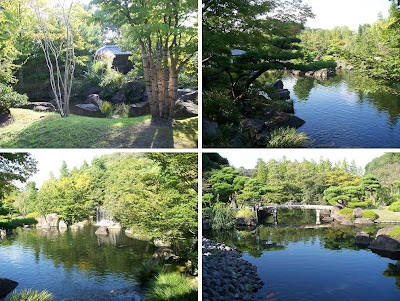However I do think that manga is probably the best form of Visual Anthropology available in western culture. Despite the fact that it is (mostly) fiction and fantasy, manga's history, impact, and cultural importance is much more revealing about Japanese culture than I originally thought, if you know what to look for. Repeated behavior patterns among the characters, plot themes, and symbols carry a deeper cultural meaning than their initial appearance. They often give an insight into Japanese history, philosophy, and cultural norms.


On a more personal note, last weekend my host family brought me to Wakayama for one last trip before I have to return to the United States. Leaving them will probably be the hardest part about going home. They've taken such good care of me and have done everything to make my stay comfortable and exciting. I'll never be able to express how grateful I am for everything they've done.
Coming to Japan has been the experience of a lifetime, and my time here has gone by much too quickly for my liking. Hopefully I'll be able to return to Japan in the future, or at least bring a bit of understanding of Japanese culture back home.








































.JPG)